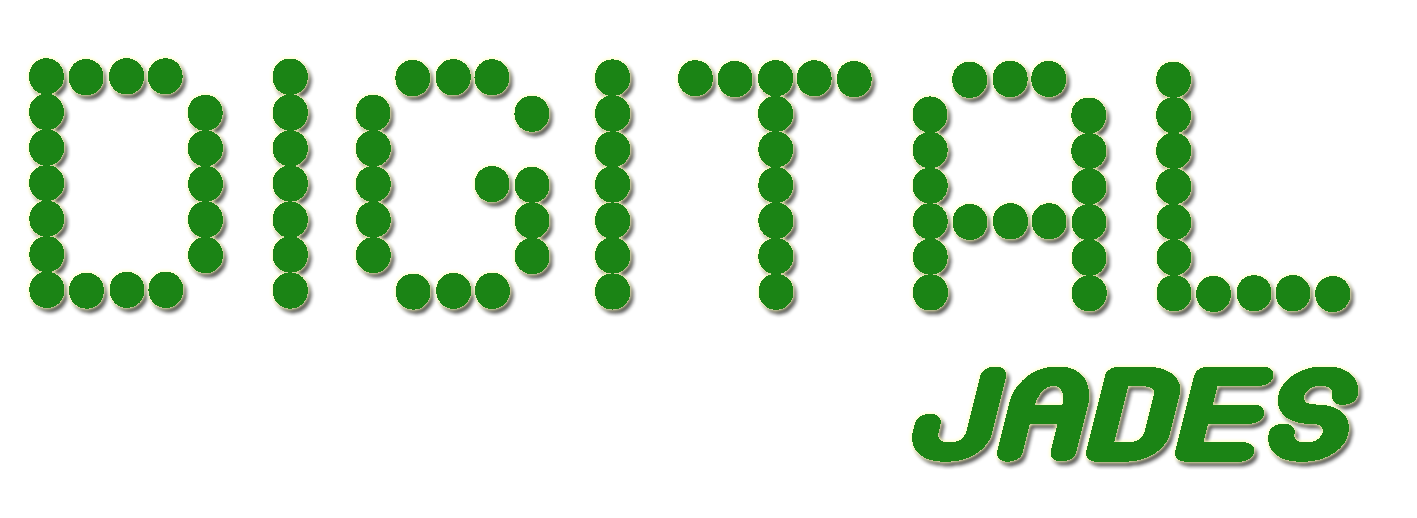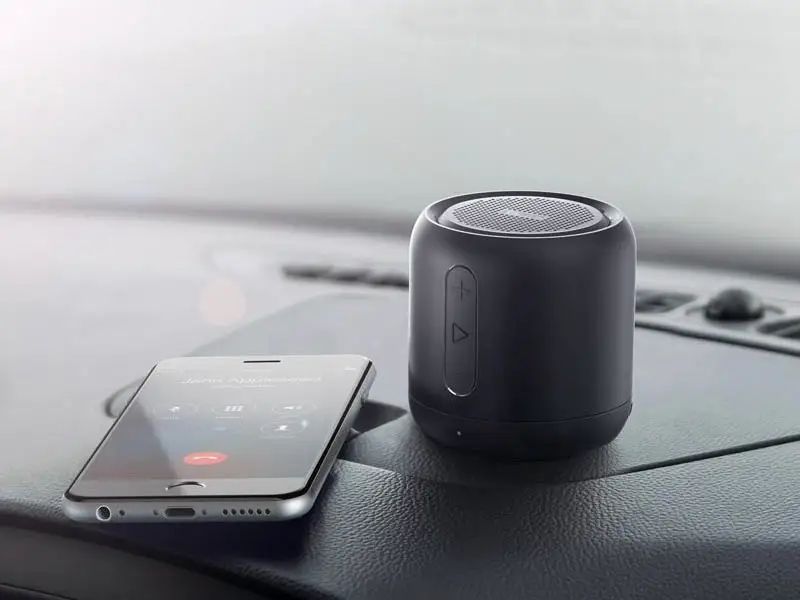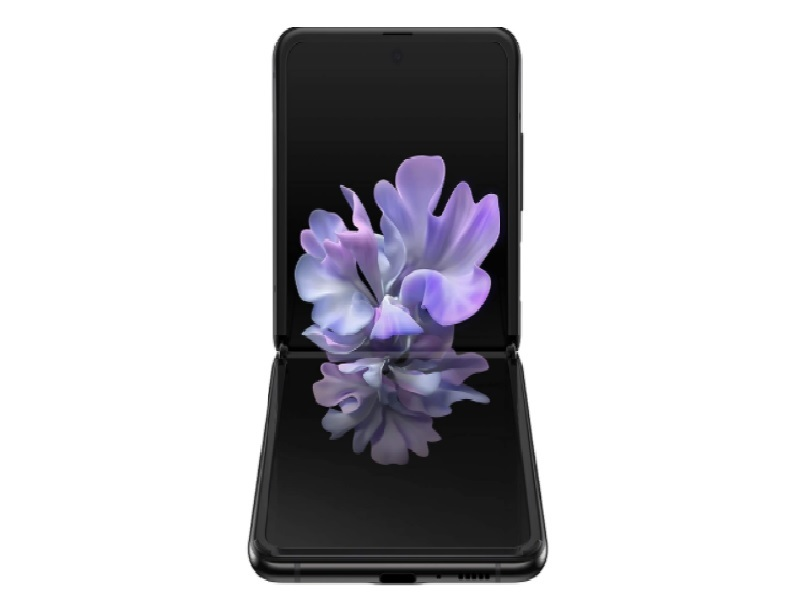It is difficult to accept that the PC has just been around since the last part of the 1970s. From that point forward, they have turned into a basic piece of our day to day routines and we were unable to envision experiencing without them. In any case, before PCs became standard, there were different kinds of PCs that individuals utilized centralized servers and minicomputers. Nowadays you can find a wide range of brands of PCs and there are numerous merchants who sell these, remembering Lenovo PCs for Sri Lanka.
The principal individual to make a “individual” PC was really Seymour Crazy in 1951; in any case, it was only after 1971 when Steve Occupations and Steve Wozniak made their Macintosh I that the expression “PC” came into normal use. It was this model (the Mac I) which set off an unrest in figuring through its utilization of chip as opposed to vacuum tubes as most past PCs had utilized.
Since the beginning of individualized computing, there have been many advances in innovation that have prompted ever-more modest and all the more remarkable gadgets. In 1981, IBM delivered its most memorable PC and this before long turned into the business standard. In any case, it was only after 1987 that Mac presented its next huge development with the presentation of the Mac II, a PC that highlighted a variety screen and mouse control. This started a long competition among Apple and IBM/Microsoft which went on into the 1990s.
In 1991, Microsoft delivered Windows NT (the primary adaptation of what is currently known as Windows) which at last permitted laptops to run various applications without a moment’s delay. This improvement prompted the broad utilization of computers in business and furthermore assisted with making them more reasonable for those individuals who couldn’t stand to purchase a Macintosh.
The following huge advancement in computers was the arrival of Windows 95, which previously made it simple for shoppers to associate their PC with the web and peruse sites. This drove on from improvements, for example, Release Board Administrations (BBS) which had become well known through the 1980s, an approach to sending messages between home PCs utilizing dial-up modems. Only two years after the fact Microsoft delivered its replacement to Windows NT; Windows 2000, which laid down a good foundation for itself as the predominant working framework until XP turned out in 2001. From that point forward, new adaptations have been delivered at regular intervals including Vista, Seven and Eight.
Beyond question, one of Mac PCs most progressive items was the Mac 128k which they delivered in 1984. This PC was planned by Steve Occupations, who had left Macintosh for a brief time frame yet returned soon after being terminated from his own organization, NeXT PCs, established in 1985. The Macintosh presented new highlights, for example, symbols and windows on screen close by a working framework called “Mac Framework Programming” (later to become macOS). It additionally included different new applications including Mail, Locater and TeachMe that permitted clients to do things like send messages or make introductions no sweat.











